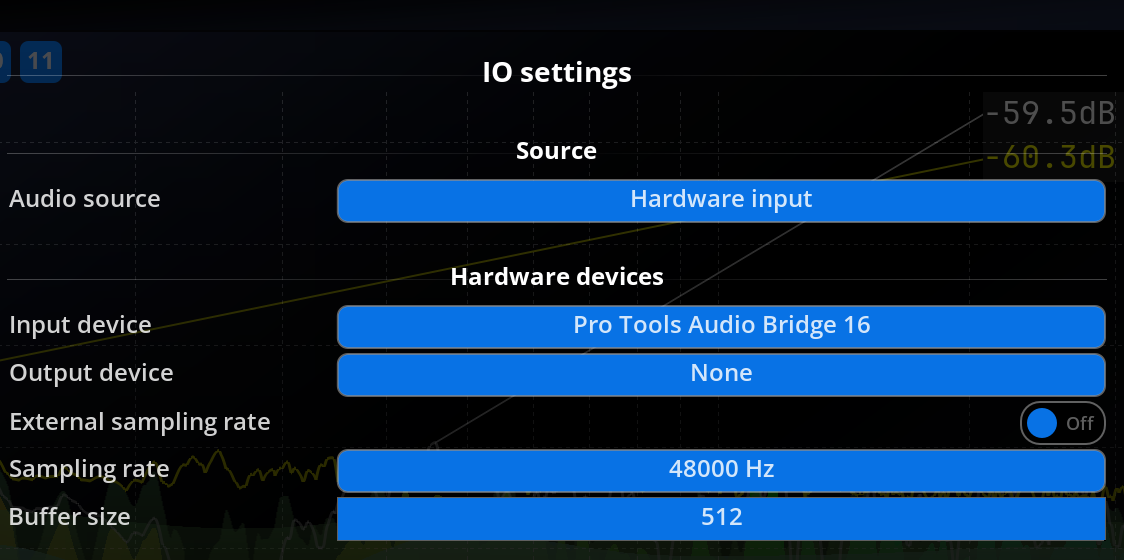Quick start and typical setup
MiRA can be used in two ways: to analyze the content of an audio stream, or to generate captures from measurements to obtain the transfer function of an audio system or equipment.
Captures are only available with a Live license.
The following instructions will guide you through the MiRA setup process.
Acquiring audio
There are two main solutions to input audio streams into MiRA. First, we can use MiRA with an audio interface. The audio interface then receives the incoming audio signals to analyze.
In many cases, having to rely on a dedicated audio interface is inconvenient. To streamline the workflow, we have developed a technology called SamplePush. The principle is very simple: SamplePush is a protocol that allows you to stream audio over a network using auto-discovery. Two of our products implement this protocol: the SampleGrabber, which comes with MiRA, and SPAT Revolution.
SampleGrabber is a plug-in, available in most common formats, that allows streaming audio from a digital audio workstation (DAW), or a plugin host, to MiRA.
Selecting an audio source
Most of the factory layouts include the info header bar that makes it easy to choose the input source.
Some layouts do not have a header bar. The audio source selection is still accessible from the top menu, MiRA>IO Settings.
This menu also gives access to the sample rate settings.
Typical setup
Home / Project / Mobile studio
In this type of environment, we typically use a single computer for all tasks, so both a DAW and MiRA will be running concurrently.
In this case, using SampleGrabber is certainly the simplest option. Simply add it to the end of your master track to send your mix output to MiRA
Mixing and mastering studio
In larger structures, sometimes separating concerns by using several computers for different applications can be more prudent.
MiRA is not resource-intensive, so a mid-range desktop computer can handle its execution. Please refer to the system requirements page of this manual.
Even if MiRA runs on a dedicated computer, the SampleGrabber can still send the audio stream if both computers are connected to the same local network.
The SampleGrabber is capable of streaming up to 24 channels of audio if you want to monitor an immersive mix of some sort.
Immersive analysis is only available in MiRA Studio version.
Autonomous mobile configuration
For system tuning and equipment measurement, having an autonomous and portable solution is very important.
An entry-level laptop can handle the task. The audio interface should have at least two inputs and outputs. For more information, please refer to the system requirements page in this manual.

